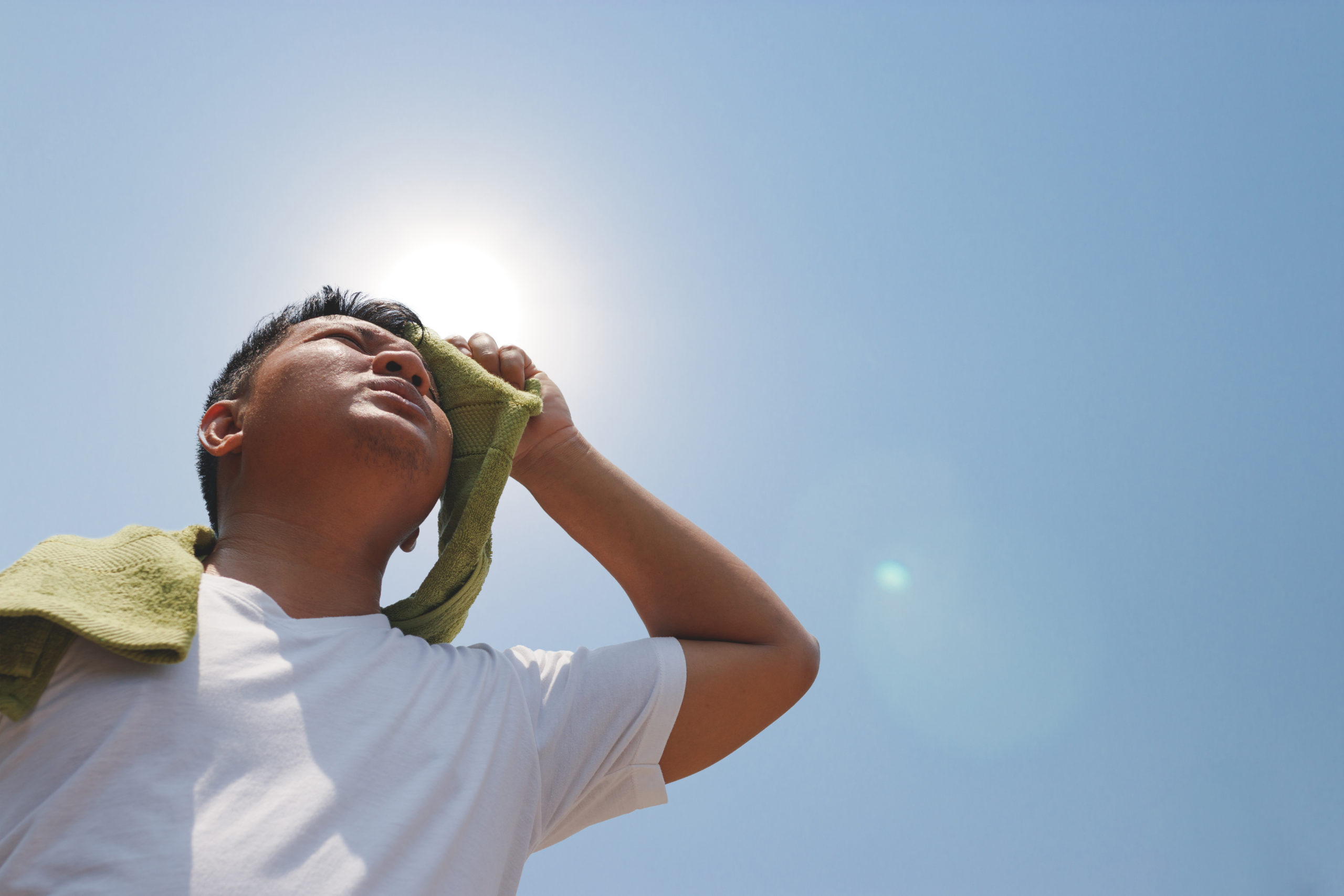A doctor is the finest source of knowledge and solutions in medical emergencies. But what if there isn’t a doctor nearby?
Panic is most certainly not the solution.
Here’s what you should do in certain situations.
Thermal Burns (Burns Due to Heat)

When the skin comes in contact with heat, the skin reddens, becomes blistered or is charred, depending upon the degree of heat and the length of contact. These shreds of evidence of heat which represent signs are frequently referred to as degrees – we speak of first-degree, second-degree and third-degree burns. The severity of a burn is judged not only by the degree but also by its extent. It is said to be of limited extent when less than 10 percent of the body surface is involved, when 10 percent or more of the surface of the body is burned, the injury is referred to as extensive. A person with extensive burns should be taken to a hospital as soon as possible. The symptoms of a thermal burn are intense pain, nausea and fear.
The most essential job for the first aider is to reduce pain and the possibility of infection. You should cover the burned part as quickly as possible with layers of clean, dry, lint-free material to exclude air (the chief cause of the pain associated with burns) and to protect the burned area from contamination. If there are blisters, wrap the part so that you do not break them. If a part such as a finger, an arm or a leg is merely reddened, quick relief can be given by letting cold running water cover the burned area. This treatment gives momentary relief from pain because the water keeps air away from the burn. Do not apply ointments, salves, butter or lard to the burned area. Such coverings may not only be absorbed into the subcutaneous tissues (those under the skin) but they also invariably interfere with the physician’s examination of the burn and with his choice of treatment.
Sunburn

Sunburn is caused by exposure to ultraviolet rays. The small blood vessels in the skin dilate and the skin becomes red. Prolonged exposure to the rays of the sun may even cause blisters to appear.
Commercial preparations are available to protect the skin from the effects of ultraviolet rays. Some are highly effective but many cause allergic reactions. The best first-aid practice is to prevent over-exposure to the sun’s rays. The first sunbathing periods of the season should be short and the length of exposure only gradually increased.
Heat Exhaustion

Anyone working under conditions that cause a great amount of perspiration and loss of body fluids and certain minerals can suffer heat exhaustion. It is more prevalent in hot weather and among old people, fat people and those who suffer from systemic diseases affecting the body as a whole). The signs of heat exhaustion are profuse perspiration, pale damp skin, a nearly normal body temperature and rarely unconsciousness. The person will complain of unusual fatigue and sometimes of usual fatigue and sometimes of headache and nausea. He should be put to bed at once.
In order to prevent heat exhaustion, persons working for long periods in poorly ventilated areas should increase their intake of water. Taking extra salt occasionally may be helpful. A well-balanced diet also helps prevent heat exhaustion.
Heatstroke

Elderly people are more prone than others to develop heatstroke, a condition caused by overexposure to the sun. The body temperature may rise as high as 109 ° F. and the patient will have a dry skin and rapid pulse. He may complain of headache, dizziness and nausea and in severe cases, he may become unconscious. Medial attention should be given as soon as possible. While waiting for the physician or ambulance, bring the patient indoors, put him to bed and sponge his body freely with alcohol or lukewarm water to reduce his temperature. If a thermometer is not at hand, take his pulse. A rate below 110 per minute usually means an endurable temperature.


